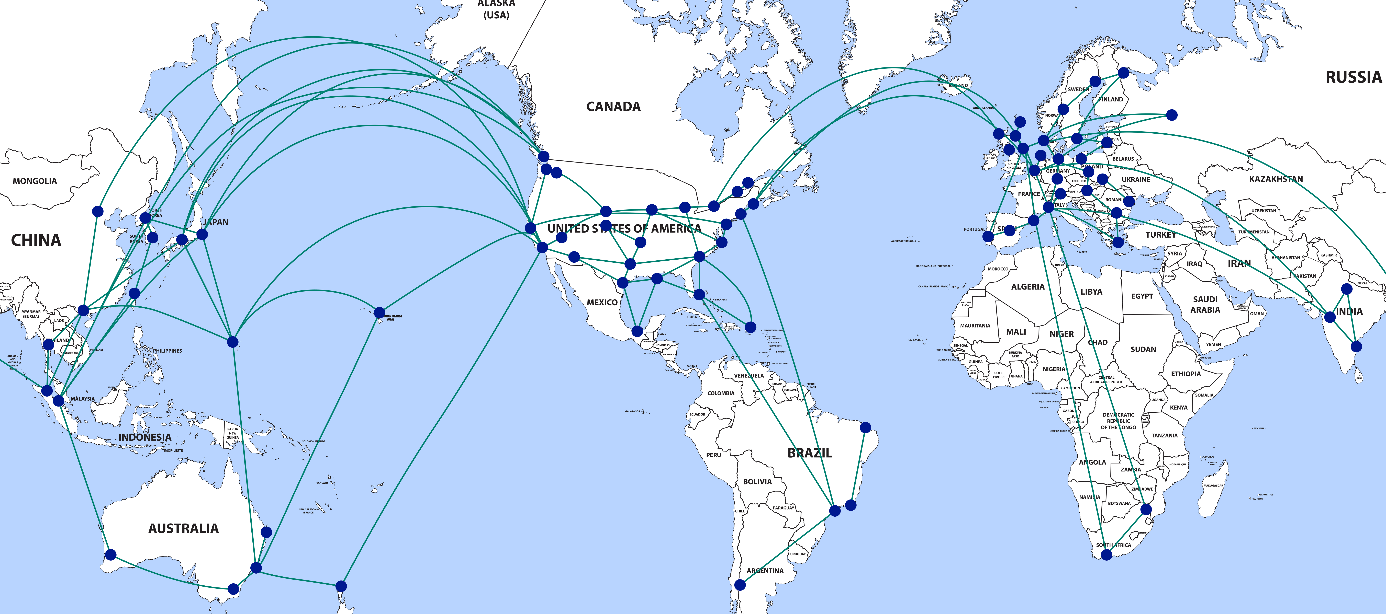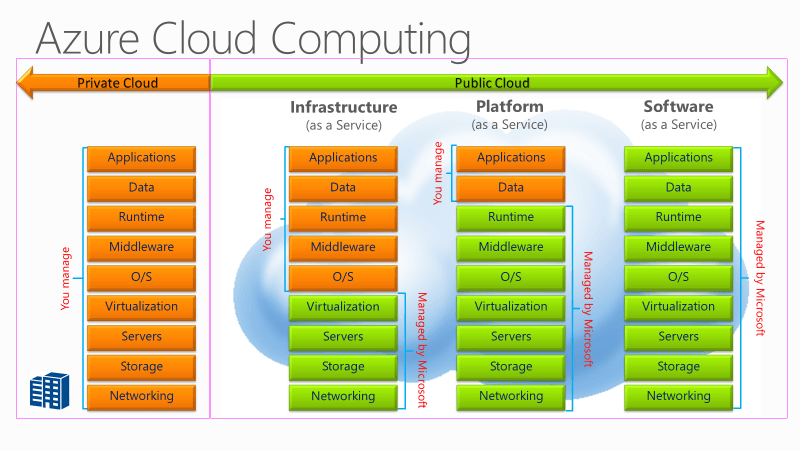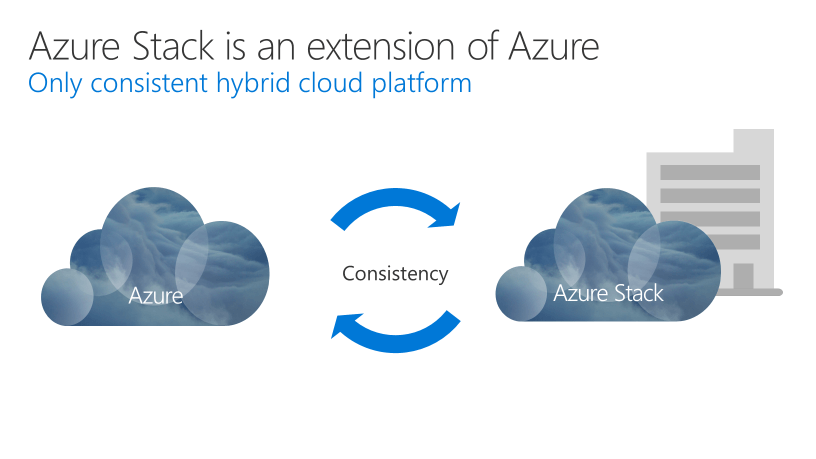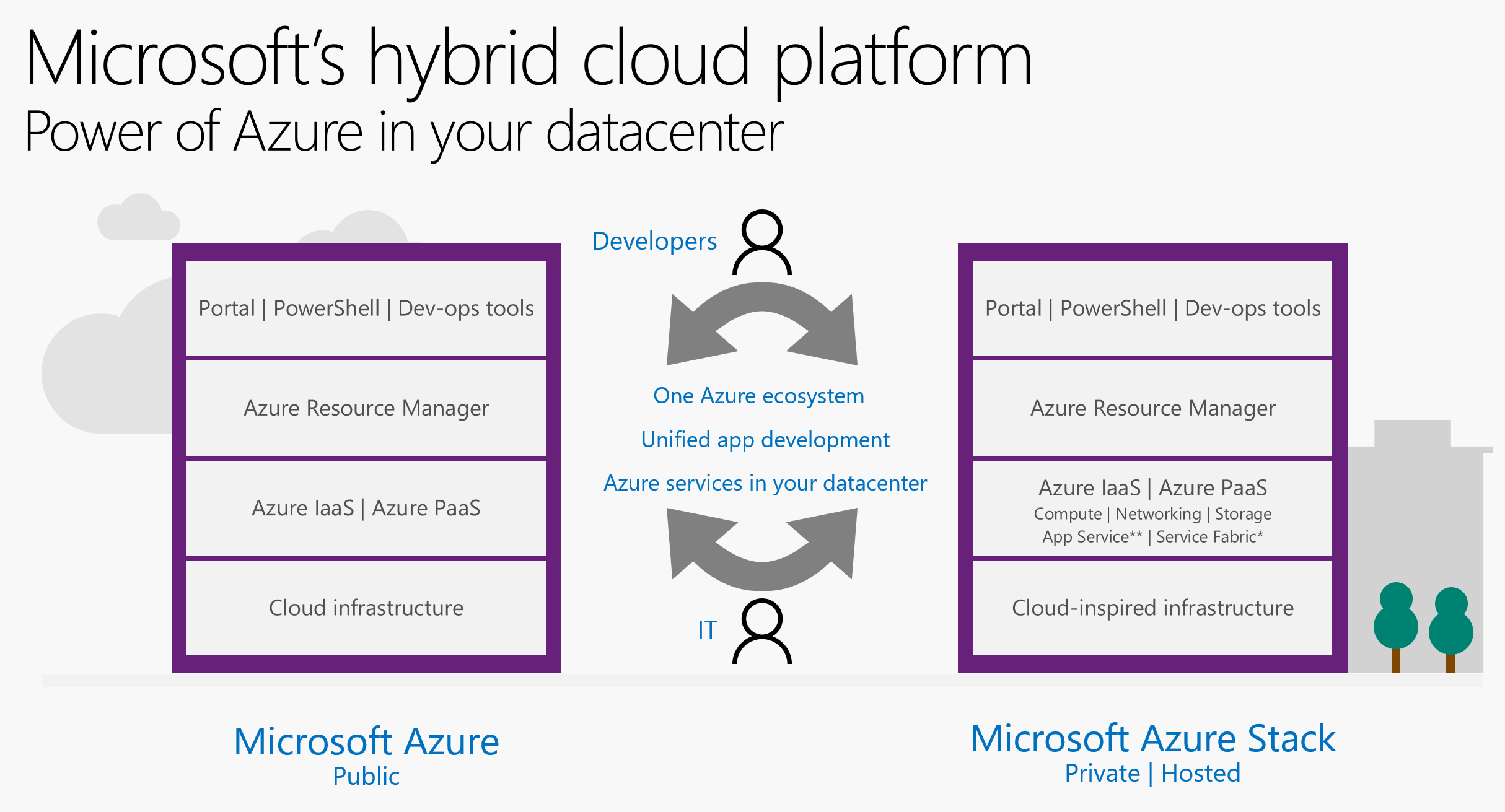Save to My DOJO
In the last years, so-called “cloud services” have become more and more interesting and some customers are already thinking of going 100% cloud. There are a lot of competing cloud products out there, but is there a universal description of a cloud service? This is what I will address here.
Let’s start with the basics. Since time began (by that I mean “IT history”) we have all been running our own servers in our own datacenters with our own IT employees. A result of this was that you had different servers for your company, all configured individually, and your IT guys had to deal with that high number of servers. This led to a heavy and increasing load on the IT administrators, no time for new services, often they even had no time to update the existing ones to mitigate the risk to be hacked. In parallel, the development teams and management expect IT to behave in an agile fashion which was impossible for them.
Defining Cloud Services
This is not a sustainable model and is where the cloud comes in. A cloud is a highly optimized standard service (out of the box) without any small changes in the configuration. Cloud Services provide a way to just use a service (compared to power from the power plug) with a predefined and guaranteed SLA (service level agreement). If the SLA breaks, you as the customer would even get money back. The issue with these services is that these servers need to run in a highly standardized setup, in highly standardized datacenters, which are geo-redundant around the world. When it comes to Azure, these datacenters are being run in so-called “regions” with a minimum of three datacenters per region.

In addition to this, Microsoft runs their own backbone (not the internet) to provide a high quality of services. Let’s say available bandwidth meets Quality of Services (QoS).

To say it in one sentence, a cloud service is a highly standardized IT service with guaranteed SLAs running in public datacenters available from everywhere around the world at high quality. In general, from the financial point of view, you pay it per user, services or other flexible unit and you could increase or decrease it, based on your current needs.
Cloud Services – your options
If you want to invest in cloud services, you will have to choose between:
- A private Cloud
- A public Cloud
- A hybrid Cloud
A private cloud contains IT services provided by your internal IT team, but in a manner, you could even get as external service. It is being provided by your datacenter and only hosts services for your company or company group. This means you will have to provide the required SLA.
A public cloud describes IT services provided by a hosting service provider with a guaranteed SLA. The services are being provided by public datacenters and they are not being spun up individually just for you.
A hybrid cloud is a mixture between a public and a private cloud, or in other words “a hybrid cloud is an internet-connected private cloud with services that are being consumed as public cloud services”. Hybrid Cloud deployments can be especially useful if there is a reason not to move a service to a public cloud such as:
- Intellectual property needs to be saved on company-owned dedicated services
- Highly sensitive data (e.g. health care) is not allowed to be saved on public services
- Lack of connectivity could break the public cloud if you are in a region with poor connectivity
Responsibility for Cloud Services
If you decide to go with public cloud services, the question is always how many of your network services are you willing to move to the public cloud?

The general answer should be the more services you can transfer to the cloud, the better your result. However, even the best-laid plans sometimes can be at the mercy of your internet connectivity as well, which can cut you off from these services if not planned for. Additionally, industry regulations have made a 100% cloud footprint difficult for some organizations. The hybrid solution is then the most practical option for the majority of business applications.
Hybrid Cloud Scenarios
These reasons drove the decision by Microsoft to provide Azure to you for your own datacenter in a packaged solution based on the same technology as within Azure. Azure itself has the main concept of working with REST-Endpoints and ARM templates (JSON files with declarative definitions for services). Additionally, Microsoft deemed that this on-premises Azure solution should not provide only IaaS, it should be able to run PaaS, too. Just like the public Azure cloud.

This basically means, that for a service to become available in this new on-prem “Azure Stack”, it must already be generally available (GA) in public Azure.

This solution is called “Azure Stack” and comes on certified hardware only. This makes sure, that you as the customer will get performance, reliability and scalability. That ones you expect from Azure will be with Azure Stack, too.
As of today, the following Hardware OEMs part of this initiative:
- DELL
- HPE
- Lenovo
- Cisco
- Huawei
- Intel/Wortmann
- Fujitsu
The following services are available with Azure Stack today, but as it is an agile product from Microsoft, we will expect MANY interesting updates in the future.

With Azure Stack, Microsoft provides a simple way to spread services between on-premise and in the public cloud. Possible scenarios could be:
- Disconnected scenarios (Azure Stack in planes or ships)
- Azure Stack as your development environment for Azure
- Low latency computing
- Hosting Platform for MSPs
- And many more
As we all know, IT is hybrid today in most of the industries all over the world. With the combination of Azure Stack and Azure, you will have the chance to fulfill the requirements and set up a unique cloud model for all of your company services.
Summary
As you have seen, Azure Stack brings public Azure to your datacenter with the same administration and configuration models you already know from public Azure. There is no need to learn twice. Training costs go down, the standardization gives more flexibility and puts fewer loads on the local IT Admins which gives them time to work on new solutions for better quality. Also, with cloud style licensing things becomes less complex, as things are simply based on a usage model. You could even link your Azure Stack licenses directly to an Azure Subscription.
As hybrid cloud services are the future for the next 10 years or even more, Azure and Azure Stack together can make your IT world the most successful that it ever was in the last 10 years and moving forward.
If you want to learn more about Azure stack, watch our webinar Future-proofing your Datacenter with Microsoft Azure Stack
How about you? Does your organization have interest in Azure Stack? Why or why not? We here on the Altaro Blog are interested! Let us know in the comments section below!
Thanks for reading!


Not a DOJO Member yet?
Join thousands of other IT pros and receive a weekly roundup email with the latest content & updates!









1 thoughts on "An Introduction to the Microsoft Hybrid Cloud Concept and Azure Stack"
for some org will think azure stack package is too expensive…..